All about network printers
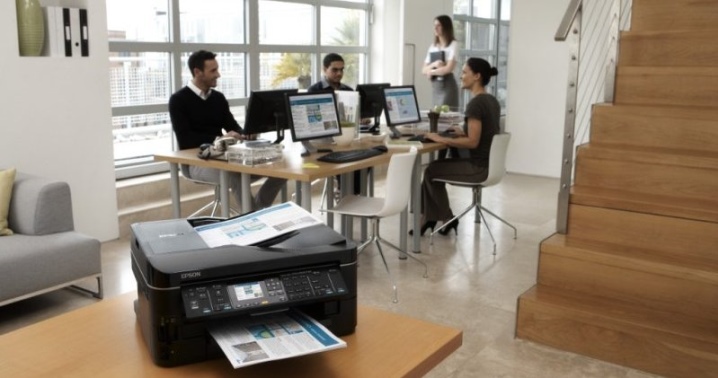
A local printer is a wired device that connects to a computer through a special input. This can be either a standard port or a USB output. Therefore, in the event of a breakdown of the input or a failure in the recognition system of the connected device, there is a risk that all other work will stop. Today, there are several ways to solve this problem, in addition to timely computer diagnostics. One of them is to turn a regular printer into a network printer.

What it is?
Even the simplest printer for printing has a network connection function. In addition to the wireless connection, there is also the ability to connect the device using a wired interface.
In this case, the functioning will depend on the health of the server, but the possibility of failures is much less. The server fails much less often than a home computer.
High-quality network printer - laser, with high printing speed and a number of technical capabilities. It is equipped with a processor for processing incoming information, has random access memory, which reduces the overall load on the connection server and increases productivity and reliability. In terms of cost, such models are not very expensive, the price will vary depending on the number of additional functions.

How to make a regular printer a network printer?
There are several ways to make a regular laser printer networked. For this it must be equipped with a dedicated network port or antenna. Using a router or storage device, you can give permission to access the printer for all devices connected to a specific network.
And also a suitable solution to the problem may be the use of a special print server. It performs a specific task: connects any printing device to the network.
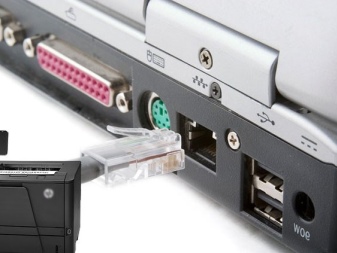
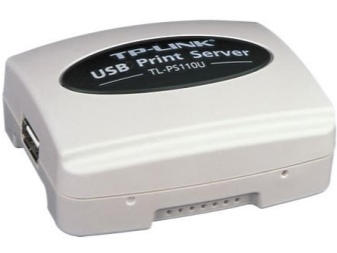
How to connect?
To create a local area network connection through a router, you need to make sure that the printer is working properly and is connected to the computer. It will not be superfluous to update or reinstall the drivers for the printer personally and for the operating system as a whole.
In many cases, network printer failures occur precisely because of problems with the current version of the protocol or software.
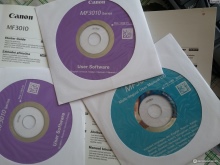
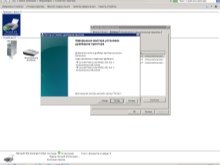

Once the user is convinced that the printer is in good working order and ready to work, you can proceed to setting up the connection itself.
In Windows 7, for this you need to go to the "Devices and Printers" section. Then, right-click to bring up the context menu of properties and go to the section that indicates access to the device. In the share section, you need to check the box and save the change you made. As a rule, this is enough for the initial setup.
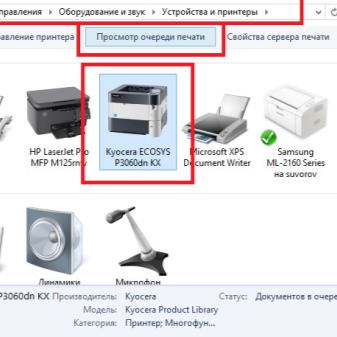
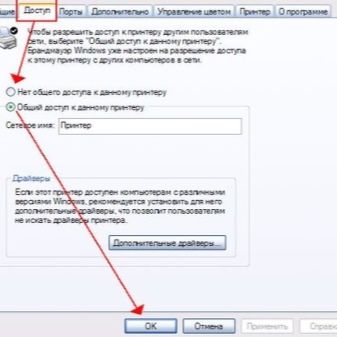
There is one more nuance when setting up a local network.
If there are several computers, and one of them plays the role of the "print" server itself as the main one in the hierarchy, the computer must be turned on at the time of receiving a print request.
You can add a printer to the list using the corresponding button. If everything is configured correctly, then the system easily recognizes the device.
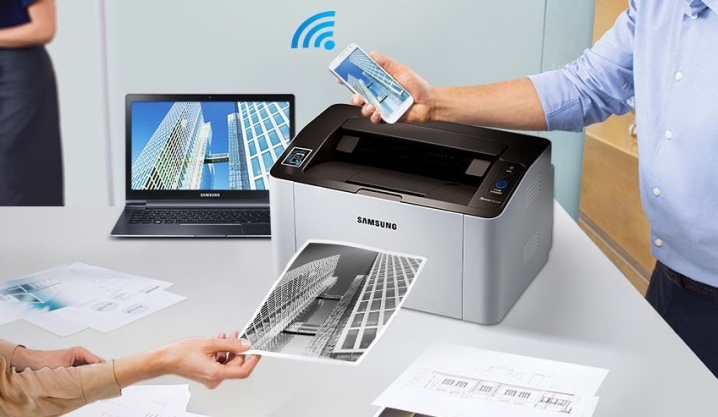
When Windows 10 is being installed, sometimes the system prompts you to add a printer immediately if it sees a device that is not located on the network.
How to setup?
To properly configure the printer for wireless printing, the user will need to first find and learn the network name.It can be read both in the accompanying documents of the device and in the properties by right-clicking on the desired device name.
The most convenient way to print will not be connected to a computer, but if you add the printer to a special print server. It can be programmatically built into a router or into the printer model itself; today, many modern technical devices are equipped with it. Otherwise, you will need to connect the printer through the network connector to the router.
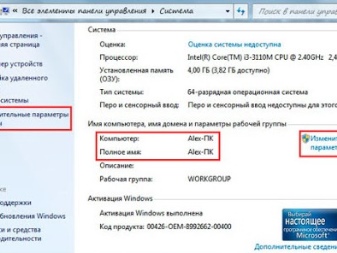

There are several ways in which it is possible to configure and connect the printer.
- Hardware print server. It serves as a kind of buffer between 2 or more devices. Not to be confused with a router, which is provided as a device specifically designed to connect a printer to a router.
- Wi-Fi. The method is effective if the corresponding module is present in the printer. Under this condition, it will not be difficult to organize wireless printing.
- LAN port and USB. Types of wired connections using the appropriate interfaces.

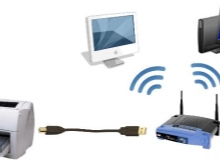

The cable connection is straightforward, but you must turn off both devices in the process. Then wait for the router to load and turn on the printer. The print server must also be enabled. Additional addition and configuration of the device is not required if everything was done correctly.
If you have a Wi-Fi module, you can try to create a wireless connection.
- WPS protocol. You can find out the necessary information on how to activate it for each printer individually using the instructions. After that, you need to activate the function on the router and wait for the download, the indicator should be green. If there are no failures anywhere, the printer will appear in the list of other devices on the network.
- WEP / WPA. Reminds me of setting up a wireless connection. In the printer itself, you need to find the network settings and enter your username and password.
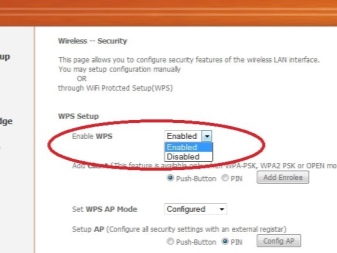
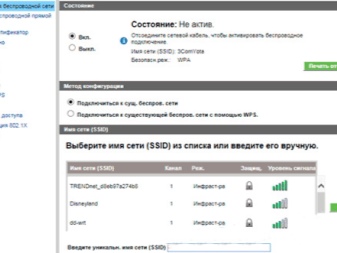
Connecting with a network cable is the easiest way. All that is needed is to insert it into the corresponding connectors on the devices. Next, you need to set a static address of the device, so the user will protect himself from the loss of the printer from the list, which often happens if you use the DHCP service.
You can set any address according to the format, the main thing is that it does not coincide with other devices.
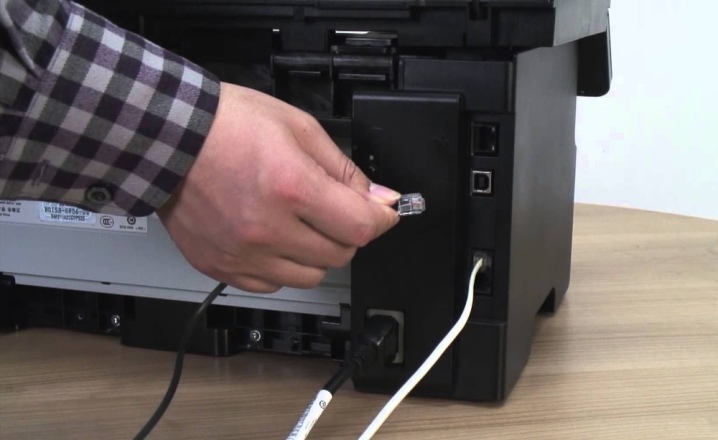
A hardware print server is a suitable solution for those who are not suitable for the above configuration methods. First, you need to connect the server and router to each other. This can be done both using the built-in connection ports and using the wireless module, if the server is equipped with one.
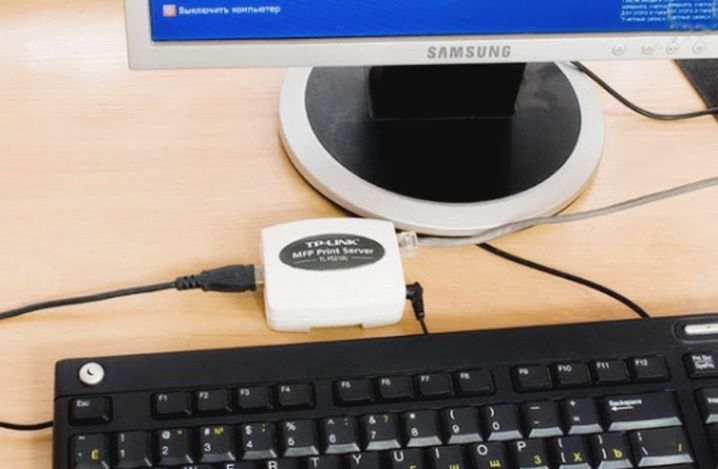
You can configure it using a special utility that sets the IP address, and then the user can only follow the instructions. You can get to the server if you enter the address into the browser line of your computer.
If the user has a modern operating system, for further configuration, it remains to go to the section of printers and scanners and click the "add" button. A context window will appear, where you will only need to select the item "printer is not in the list". When choosing the type of device, you need to focus on the TCP / IP protocol. You can get an IP address for input in 2 ways.
- Read it on the product label. For routers, it is usually glued at the bottom.
- If a LAN connection is used, then you will need to enter the port address directly. It can be obtained through a DHCP server and viewed through properties.
After entering the address, it remains only to click "next" and go to the parameters, but before that you must uncheck the automatic recognition and connection of the device. In the window that opens, select any queue name and LPR protocol. Driver installation is possible from the drop-down list or floppy disk. Modern models are also equipped with web search.
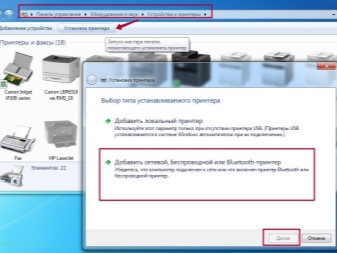
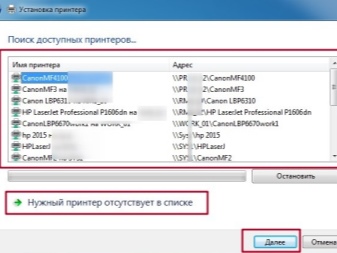
A utility for configuring a print server is available on the website of its manufacturer; upon purchase, the user also receives a disc in a set.
Having the right software is very important for good synchronization and smooth operation. The utility will automatically find all printers connected to the router. After installing it, it is recommended to restart your computer.
Possible problems
Regardless of the model and the level of reliability, each printer performs differently in its performance. Routine preventive maintenance can solve the lion's share of problems. This is timely cleaning, driver updates and device diagnostics. The quality of the paper used is also very important. Contrary to popular belief, absolutely any paper for a laser printer will not work. Absolutely everything affects: from the density to the moisture level of a particular type of paper.
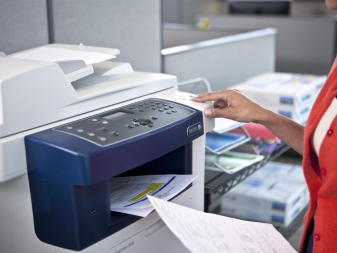

Problems with a printer can arise in a variety of ways, starting with the fact that it does not print from the computer and puts it in a queue. Or, on the contrary, it prints, but only a test page in not very good quality. And even after multiple reboots, the user sees the same result. The first thing to do is to make sure the device is present on the system. To do this, go to the "Devices and Printers" section and view the list of gadgets available for work.
If the printer is on the list, but still does not scan and does not show any signs of life at all, you can try using the built-in module to solve such problems. For this in the search bar "Start" you need to type in Russian the word "Elimination" and select the section devoted to problems with printing. This is standard on any modern operating system. Then it remains only to follow the instructions of the verification system.
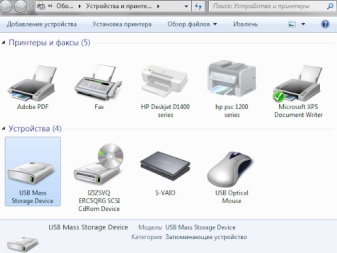

Important! In many modern printers, the driver installation disc also contains a diagnostic program for this technique. The latest version, drivers and programs can always be downloaded from the manufacturer's website. Do not ignore simple solutions, it is quite possible that thanks to this, the failure can be eliminated much faster.
The most obvious cause when a printer breaks down can be a failure in the power and connection systems. If a wire is used, then it makes sense to check its integrity. You can also plug the device into a different outlet to make sure it is working. With a cable connection, the wire can be replaced. Check Wi-Fi connection. A hardware failure can often cause even the most extraordinary breakdown.
The next step is to check the paper and the condition of the cartridge. Before this, the device must be disconnected, including from the power supply. On most models, the cartridge and paper debris can be removed by opening the rear cover. If the check was carried out, and no hardware problems were found, you can proceed to software diagnostics: checking and updating the driver. It is recommended to download the corresponding software only from the manufacturer's website. You can also use the built-in ability to check the current driver version, but it is still worth looking at the manufacturer's website, the system may simply not see the need for an update, in contrast to the utility specially programmed for this.
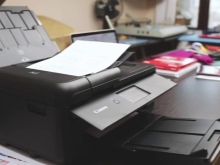
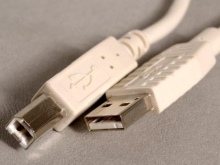
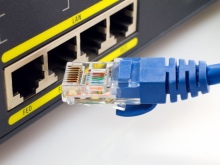
Another section that you can and should look into is "Services". The problem may be that the algorithms responsible for printing are disabled. In the properties of the dispatcher, you can view the status of the program and, if necessary, enable it manually. If you need to print something urgently, then there is only one way out - to use another printer. To do this, uncheck "use by default" in the properties window. In the "View Queue" window, you can view the list of tasks assigned to the printer and identify the problem.Sometimes it is enough to simply clear this list in order to offload the device's RAM.
Checking your computer for viruses followed by a reboot, updating all system drivers and cleaning the cache will not harm either. Then there will be much fewer failures.
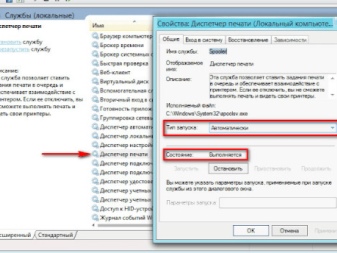

The network printer uses a separate port for connection to the system, so if it is not recognized, then printing will become impossible. It is worth adding the printer to the list of exceptions in the anti-virus program: sometimes the presence of a separate port is recognized by security systems as a violation of the security protocol. The check can be carried out in the network settings of the antivirus. Sometimes, when working with drivers, you can disable the antivirus altogether, as well as the built-in system firewall, through the control panel. There will definitely not be any harm from this, but a number of problems when reinstalling drivers can be avoided. This can be done in the "System and Security" section in the control panel.
Incorrect address or device name is another popular reason for possible failure. If, when connecting, one device address was used, and then it was changed to another, then the system simply does not recognize it. Relatively speaking, for the system it will simply be another printer with incorrectly specified data.
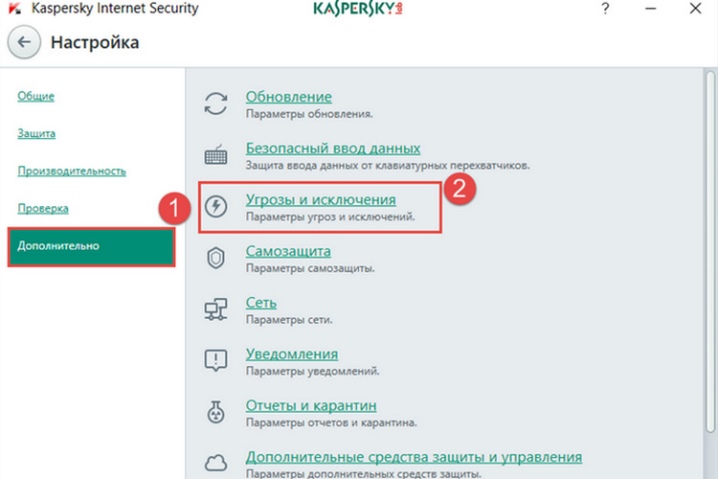
Sharing can be viewed in the printer properties in the security section. There should not be any restrictive checkboxes, and all possible users should be listed in the printability list. There you can also see the network name of the printer in the corresponding line.
In the case of network printers, first of all, you need to pay attention to whether all addresses are configured correctly, and whether the device is shared. This case is different from other similar problems, it will need to be as consistent and accurate as possible to set it up. When connecting the printer to a computer with a wired connection, you should also check the operation of the connection port itself, often this is the reason why the address is still not recognized. In the instructions, you can also see recommendations for caring for the device, but for up-to-date information it is better to refer to the manufacturer's website. If necessary, the addresses will need to be configured again, save the changes and restart the computer.
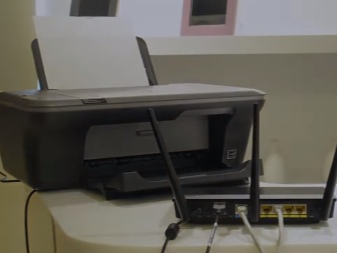
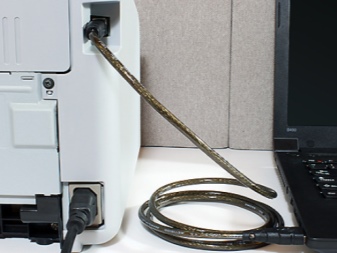
The following video covers options for connecting a network printer.













The comment was sent successfully.